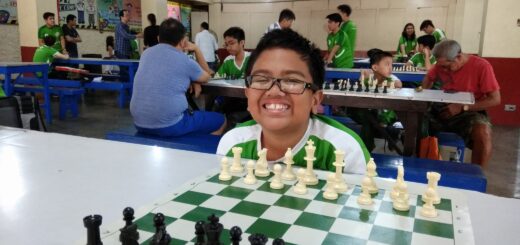Improve math fluency and automaticity with math drills
Disclosure: This post may contain affiliate links. When you buy through links on my site, I may earn a small commission. Thank you for your support.
If the undiminished popularity of Kumon, an afterschool math and reading program, all over the world is anything to go by, then math drills are still highly regarded as a methodology for improving math fluency. I’m a big fan of drills. I also embrace the whole teach-for-understanding philosophy. They don’t have to be mutually exclusive. Young children acquire number sense most effectively by “doing math” using concrete, every day objects. Math adds up, so to speak, when the student sees in concrete ways the “hows” and “whys” of working with numbers. Young students must be encouraged to use manipulatives like poker chips, popsicle sticks, tangrams, etc. to visualize the mathematical process. Only when the student acquires a solid understanding of what the numbers mean and their relationship with one another will math drills become useful and meaningful.
Math fluency refers to the ability to perform mathematical calculations with speed and accuracy. To be fluent in math, a person must be able to demonstrate (1) automatic recall of math facts and (2) flexibility in the computational methods they choose. Experts believe that math fluency is necessary for students to attain higher-order math skills. When a student can retrieve math facts with ease, he/she will have more working memory free to focus on analysis, logical reasoning and problem-solving. Math drills have long been part of a teacher’s arsenal in building math fluency. Math window cards, worksheets, flash cards, and oral recitation of math facts are the most common drill and practice tools in the classroom.
Many education reformists dismiss math drills as a “drill and kill” approach, because repetitive practice purportedly dulls the student’s interest and creativity. While math drills alone will not guarantee math fluency, especially in a classroom where students have different learning styles, I believe drill and practice has a place in modern mathematical instruction. We don’t question a basketball player who practices 100 free throws a day to improve his or a piano student who plays the same scales over and over again to enhance dexterity, but why do some people think it’s misguided to have a child work on their math drills every day? The landmark study by cognitive psychologist Anders Ericsson recommends 10,000 hours of practice to achieve mastery in any activity. But the study also qualifies that the practice must be deliberate and use self-evaluation to overcome weaknesses and achieve optimal performance. What does this mean for building math fluency? The most effective way to improve math speed accuracy is to combine math drills with a variety of computational strategies while providing constant feedback and correction where weaknesses are found. Memorizing fact families, making a ten, and using doubles facts are just some of the strategies that can help students improve automaticity. Teachers can also use math apps and computer games to make drills more engaging. For younger kids, music and movement have shown to be effective in learning numeracy. A multi-modal approach to teaching math, even one that includes those dreaded math drills, can benefit all children in a diverse classroom.







